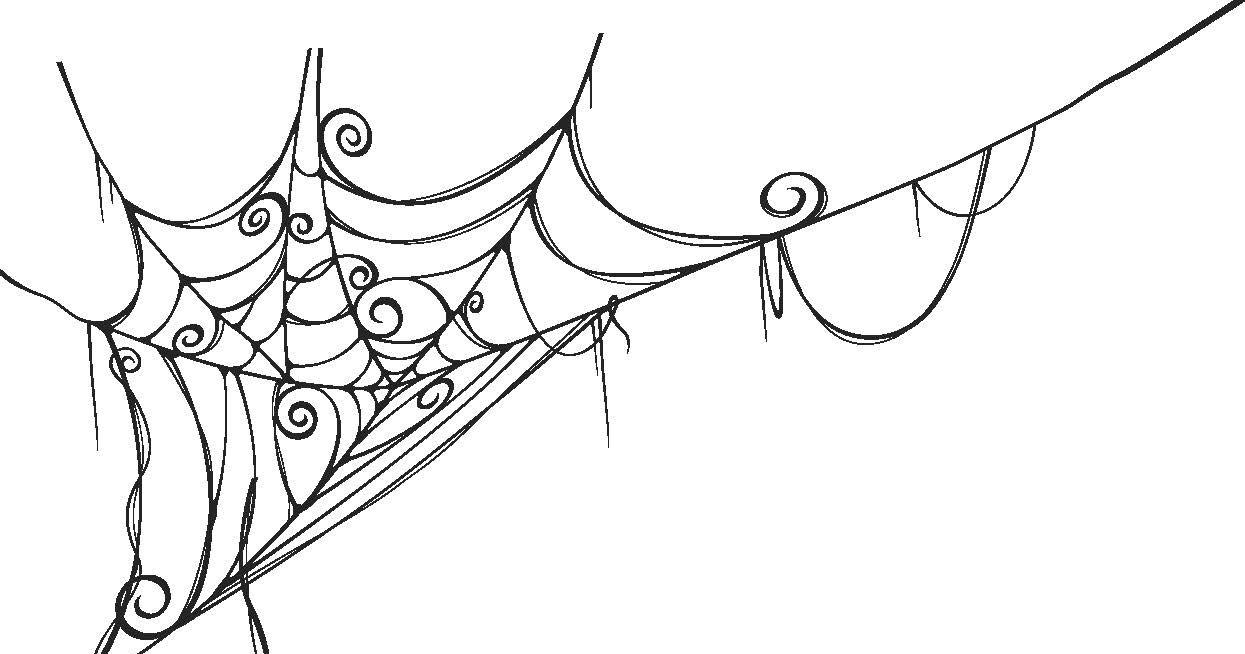A few clouds. Low 41F. Winds light and variable..
A few clouds. Low 41F. Winds light and variable.
Updated: November 26, 2025 @ 6:12 pm
Christmas celebrations span the globe. According to a 2025 report from the Center for the Study of Global Christianity at Gordon-Conwell Theological Seminary, there are roughly 2.6 billion Christians worldwide, a figure that undoubtedly contributes to the popularity of Christmas. Christianity continues to have the most adherents of any religion in the world, and the Christian population is expected to top three billion before 2050.
Christians bring unique cultural touches to their Christmas celebrations each year. Celebrations vary widely, and here’s a look at some notable Christmas traditions across the globe.
Yule Goat
The Yule Goat is a Christmas tradition in Sweden. The goat is believed to be an invisible spirit that ensures that Yule preparations are done correctly. A popular theory connects the goat to the Norse god Thor, who rode a chariot pulled by two goats.
Krampus
While many people celebrate the benevolence of Santa Claus, some celebrate a much grumpier alter-ego of sort. Krampus is a man-goat, half-demon monster who punishes misbehaving children at Christmastime, says Britannica. He is the evil companion of St. Nicholas, and is believed to have originated in Germany. His name comes from the German word “krampen,” which means, “claw.”
Christmas chicken
Christmas Eve is a popular romantic occasion for couples and families in Japan. In addition to gift-giving and a romance, many people choose to feast on a meal of KFC fried chicken and strawberry shortcake for dessert.
Roller-skating to Mass
In the city of Caracas, Venezuela, it’s customary for Christmas Eve celebrants to roller skate to early morning Mass. Known as “Misa de Aguinaldo,” these special church services take place on the days leading up to Christmas, with the most festive held on December 24. On this day, the streets of Caracas are closed to automobiles, enabling revelers to cheerfully skate to church.
Mummering
In Newfoundland, Canada, celebrants known as mummers dress in elaborate disguises featuring mismatched clothing and whimsical accessories. The mummers obscure their identities and visit neighbors’ homes during the 12 days of Christmas, performing songs, skits or dances while others attempt to guess their identities.
Las Posadas
In some Hispanic regions, including Mexico, participants reenact Mary and Joseph’s search for shelter in Bethlehem through vibrant processions. They travel from house to house, singing traditional songs and requesting shelter only to be turned away until they reach a final home or church that will symbolically welcome them in.
Spiderweb decorations
Individuals in Ukraine decorate their Christmas trees with artificial spider webs. This tradition is inspired by a tale of a poor widow and her children who didn’t have money for tree ornaments. Upon waking up on Christmas morning, they found their tree covered in sparkling, glimmering spider webs that resembled tinsel. A spider had spun the beautiful display as thanks for finding shelter and warmth in the family’s humble abode. Today’s spider webs symbolize unexpected blessings and gratitude.
Plenty of unique touches set Christmastime celebrations apart across the globe.
Your browser is out of date and potentially vulnerable to security risks.
We recommend switching to one of the following browsers:
